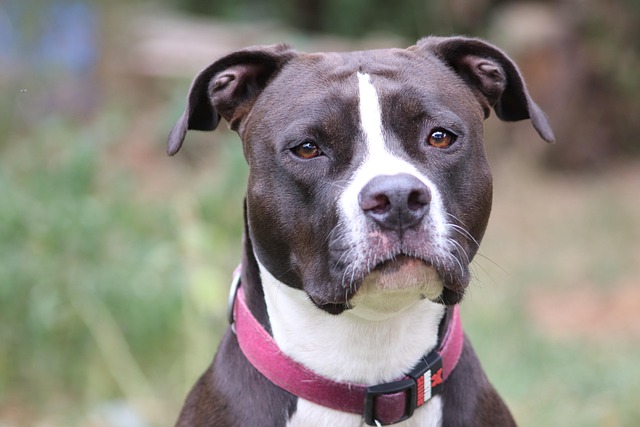
How do i train my dog to be obedient?
Watching your dog dart across the park ignoring your calls isn’t just frustrating—it can put them at risk near busy streets or public spaces.
Nothing feels more frustrating than finding an unexpected mess on your rug—but teaching your dog to use one specific spot for potty time doesn’t have to be a battle. Start by picking a consistent area, whether it’s a corner of your yard with gravel or a designated indoor pad. Dogs thrive on routine, so take them there first thing in the morning, right after meals, and before bed—those are the times they’re most likely to need to go.
When your dog sniffs around or circles (their way of signaling they’re ready), guide them gently to their spot. If they go there, celebrate like it’s a big win—offer a tiny treat, lots of soft praise, or a quick play session. Positive reinforcement sticks way better than scolding; yelling if they have an accident can make them scared to go near you when they need to potty, which only slows progress.
Stick to a regular feeding schedule too—knowing when your dog eats means you’ll have a better idea when they’ll need to relieve themselves. Most dogs need to go 15 to 30 minutes after eating, so mark that time on your calendar and make those trips to their spot non-negotiable. If you have a puppy, they’ll need more frequent breaks—think every 1 to 2 hours—since their little bladders can’t hold as much.
 Accidents will happen, and that’s okay—just clean them up with an enzyme-based cleaner to get rid of the smell. Dogs are drawn to familiar scents, so leftover odors might make them go in the same wrong spot again. Also, remember local rules: many areas require you to pick up after your dog in public, so keep waste bags handy if your designated spot is outside. Failing to do so can lead to fines, and it’s a basic courtesy for neighbors too.
Accidents will happen, and that’s okay—just clean them up with an enzyme-based cleaner to get rid of the smell. Dogs are drawn to familiar scents, so leftover odors might make them go in the same wrong spot again. Also, remember local rules: many areas require you to pick up after your dog in public, so keep waste bags handy if your designated spot is outside. Failing to do so can lead to fines, and it’s a basic courtesy for neighbors too.
If you’re crate training (a common habit for folks who work during the day), make sure the crate is the right size—big enough for your dog to stand and turn around, but not so big they’ll use one corner as a potty. Dogs naturally avoid soiling their sleeping space, so a properly sized crate can help them hold it until you’re home to take them to their spot. Just never leave them in the crate for too long—adult dogs can usually wait 4 to 6 hours, but puppies need more frequent breaks.
Some dogs learn in a week, others take a few months—every pup moves at their own pace. When you see them head to their spot on their own, that moment will feel like a victory for both of you. It’s not just about keeping your home clean; it’s about building trust with your dog, showing them you’re there to guide them, and making potty time a stress-free part of your daily routine together.

Watching your dog dart across the park ignoring your calls isn’t just frustrating—it can put them at risk near busy streets or public spaces.

New puppy owners often find themselves rushing to clean up accidents before they set in, and that’s where puppy pad training becomes a game-changer.

If you've noticed your dog's waistline disappearing and your veterinarian has mentioned those few extra pounds, your first instinct might be to simply reduce the amount of food in their bowl.

Training a dog to use a designated spot indoors isn’t as daunting as many new owners fear, but it does take consistency and an understanding of your pet’s needs.

That moment of dread on a walk is all too familiar for many new dog owners. You see another dog approaching down the sidewalk of your neighborhood

If the sight of another dog on your neighborhood walk makes your heart sink as your own dog erupts into a frenzy of barking and lunging, you're not alone.